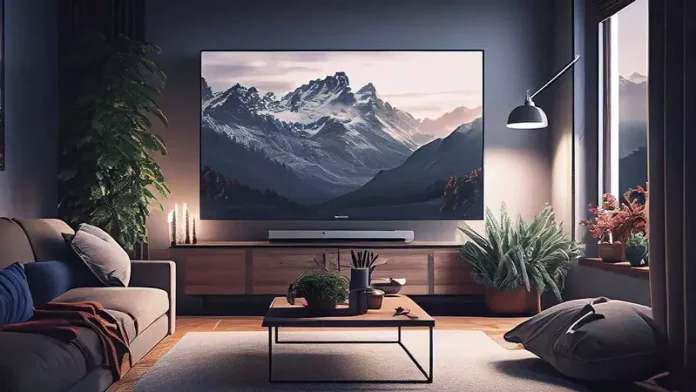Many still do not know this screen technology so well, but it could soon be the perfect replacement for Smart TVs with an OLED screen. We are referring to QDEL TVs , or also known in other cases as NanoLED. And, although televisions with this technology have already been released, it seems that it is now that the real kick-off for QDEL panels is going to be given.
These types of screens are already a reality, for example, they could already be seen during the previous CES. This type of technology uses Quantum dots for the three primary colors (blue, red and green), so you are looking at screens with pure RGB.
What are QDEL screens
Screens with QDEL technology , as we saw previously, use Quantum Dots in blue, green and red in order to generate color. Therefore, it must be taken into account that we are dealing with an alternative self-emissive technology, each pixel turns on by itself when necessary. However, although it is no longer theoretical, real production will not begin until 2026. The year in which there is at least that hope, since the objective of this technology is quite ambitious.
It is considered ambitious due to the limited number of prototypes that have been seen with this technology, in addition to the different limitations that QDEL technology still has to face. However, everything indicates that it could be a real threat to OLED screens. For example, it could have a better cost-performance ratio than OLED panels, although in terms of cost it would still be below LCD-LED screens.
As for how it works, this particular technology works through quantum dots that are currently used to convert one wavelength of light into another, and with almost no loss of luminance. Hence, Smart TVs can be found with different types of panels: QLED, QD-OLED or QNED. Like these quantum dots, they can also be delivered directly through electricity and not just limited to acting as intermediaries. In other words, we are referring to electroluminescence, which is the main basis of this QDEL or NanoLED technology .
There is no risk of burning
Unlike what happens with QLED technology, for example, red and green dots are not used to convert blue light, but rather the three colors that work with electricity are used. Hence the fact that each pixel is self-emissive, achieving a purer and perfect black as is the case with OLED Smart TVs.
Although, there is an aspect that works in favor of this recent technology. Degradation occurs over time, but there is no risk of possible burn-in on the screens. And all because they are more resistant to these types of problems that occur on OLED screens. In addition, they achieve more brightness per watt, achieving peaks of up to more than 600,000 nits (they reach 614,000 nits). Due to all this series of characteristics, experts consider this technology as the best option for the future of screens.
As always, we will have to be very cautious with these developments, which may still take several years to become a reality. In addition, we hope that it will be exclusive to the highest range, at least in the early stages.













